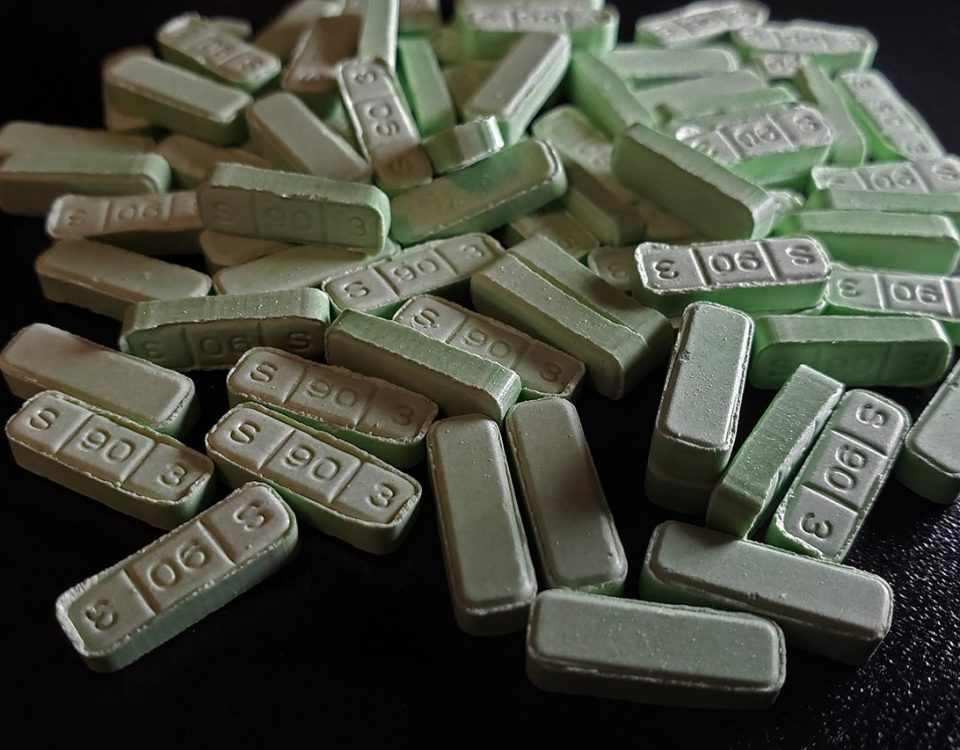Contrary to popular belief, many people who struggle with substance abuse can hold down a job.
A person who can fulfill their daily tasks and responsibilities while struggling with a drug or alcohol addiction is known as a functioning addict. These individuals take up a bigger role in the work industry than you may think. A National Survey on Drug Use and Health found that 68.9 percent (around 22.4 million) drug users were employed.1 As a drug and alcohol rehab in Massachusetts, we know how often people use drugs and drink at work. Below are the most commonly abused drugs in the workplace.
What Are the Most Commonly Abused Drugs in the Workplace?
The most commonly abused drugs in the workplace are alcohol, marijuana, and cocaine. And yes, alcohol is considered a drug.
Alcohol
Alcohol also includes any liquid medications that include ethanol, or ethyl alcohol. Many common medications like Vicks Nyquil, Comtrex, Contact Severe Cold Formula, and even Listerine contain ethanol. Alcohol abuse is common in the workplace because it’s often easy to hide. A person can pour alcohol in their coffee mug and no one would suspect a thing. However, any form of substance abuse in the workplace eventually reveals itself one way or another.
Some side effects of drinking alcohol include:
- Slurred speech
- Drowsiness
- Nausea and vomiting
- Diarrhea
- Stomach pains
- Headache
- Difficulties breathing
- Blurred vision
- Distorted hearing
- Inhibited ability to make decisions
- Impaired judgment
- Decreased perception and ability to concentrate
- Unconsciousness
- Blackouts
Alcoholism often starts with social drinking. Addiction is a progressive disease that results from consistent patterns of behavior over a long length of time. At Banyan Massachusetts, we offer alcoholism treatment for those who have developed an addiction to alcohol and want to regain their sobriety.
Marijuana
Marijuana is a bundle of dried-up leaves from the Cannabis Sativa plant. There are different types of cannabis leaves, and each contains different levels of THC (tetrahydrocannabinol), which is the psychoactive component of weed that causes the high that most users experience. While many people believe weed is harmless, it can actually cause various health problems and dependence.
Some common side effects of marijuana use include:
- Memory problems
- Anxiety and paranoia
- Hallucinations
- Panic
- Decreased reaction time
- Lack of motor coordination
- Impaired judgment
- Respiratory problems
Cocaine
Cocaine abuse is the most common form of illegal drug use in the workplace. Cocaine (also referred to as crack cocaine) is a central nervous system stimulant that works by inhibiting the brain’s ability to recycle dopamine, causing a build-up of it in the brain. Dopamine is a neurotransmitter that acts as a messenger for neurons (brain cells). This chemical is responsible for the pleasure people feel when they do something they enjoy, like eating. The brain usually recycles this chemical, but cocaine prevents this process from happening. People become accustomed to this build-up of dopamine and continue to use cocaine to sustain these side effects.
The effects of cocaine on the nervous system and brain are severe. Some common side effects of cocaine use include:
- Feelings of euphoria and pleasure
- Increased alertness and energy
- Increased heart rate
- Increased blood pressure
- Anger
- Irritability
- Decreased appetite
- Convulsions
- Seizures
Long-term cocaine abuse is linked to various forms of cardiovascular disease. Because it’s so addictive, users often require cocaine addiction treatment to safely detox and quit.
Effects of Substance Abuse in the Workplace
The side effects of these substances are both mental and behavioral. Substance abuse in the workplace can lead to a variety of issues like decreased productivity, physical injuries, and death. Drug use in the workplace is also costly. It’s estimated that the U.S. spends about $81 billion a year covering issues associated with decreased productivity, healthcare costs, and lost work that ultimately resulted from substance abuse in the workplace.2 Formally, the problems covered by these costs are broken up into three categories:
- Absenteeism
- Health care costs
- Decreased/ lost productivity
Drug users may also steal from their place of work to fund their habit. The physical side effects of drugs and alcohol can inhibit a person’s ability to perform at work.
Common contributing factors to drug use in the workplace include:
- Withdrawal symptoms
- Difficulties concentrating or focusing
- Risky behaviors
- Impaired judgement
- Selling drugs to other coworkers
The effects of drugs in the workplace are detrimental to both the individual and the company. If you or someone you know is battling addiction, we can help. Call Banyan Treatment Centers Massachusetts now at 888-280-4763 for more information about our facility and levels of care.
Sources:
- SAMHSA - Assess Your Workplace
- USDTC - The Cost of Drug Abuse in the Workplace
Related Readings:









